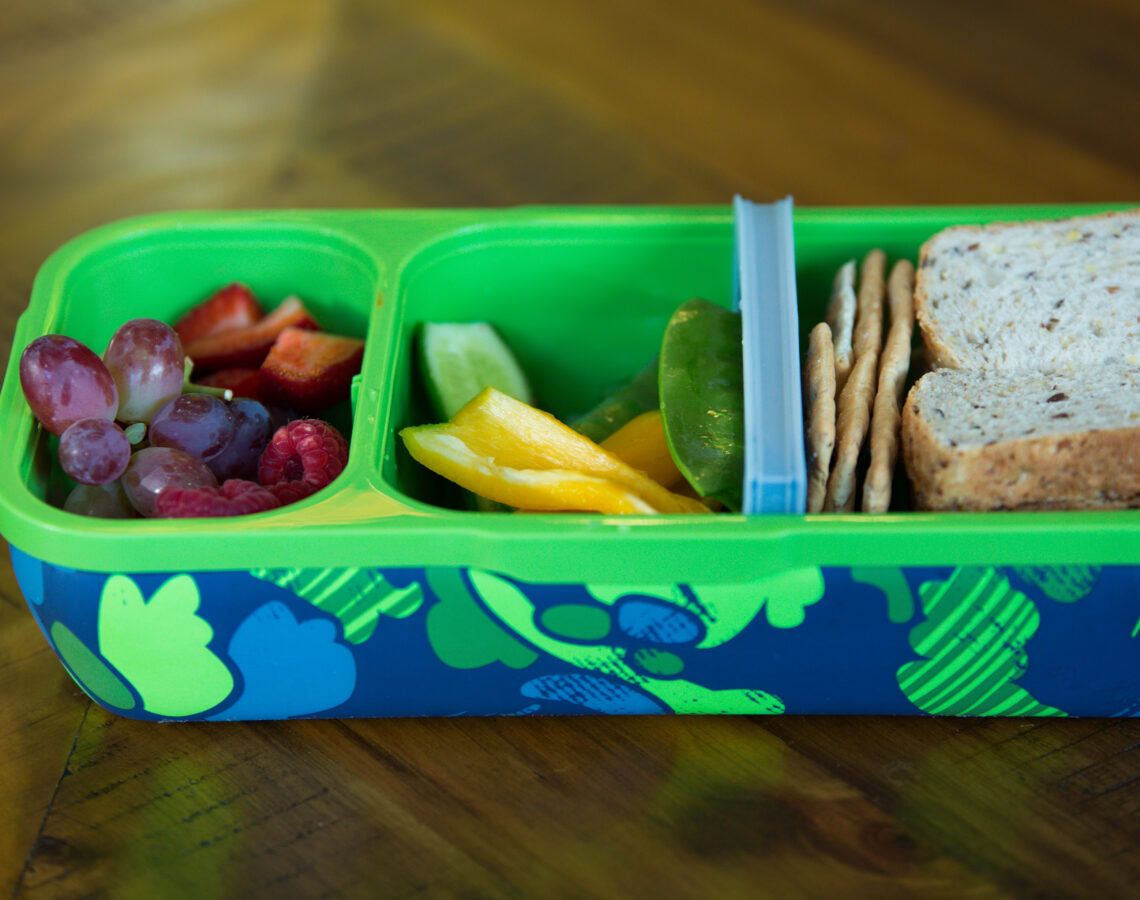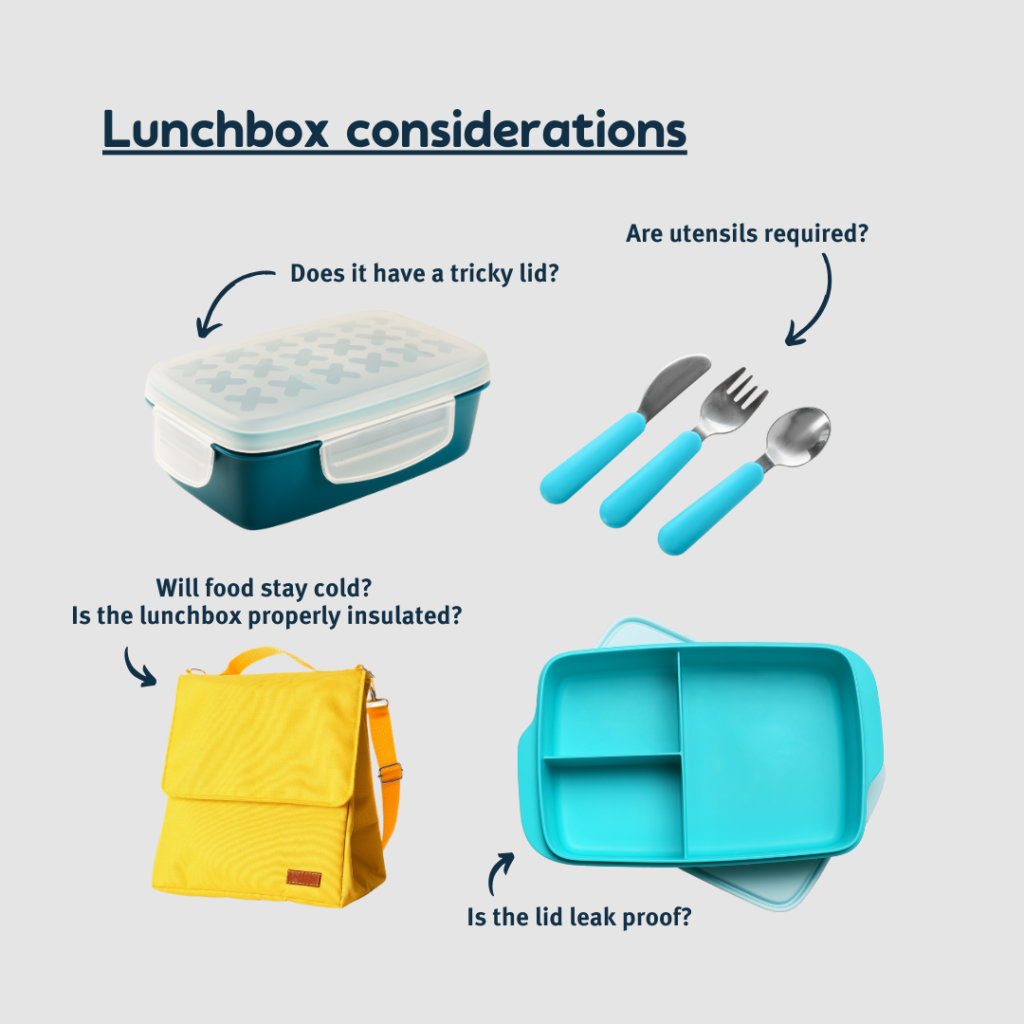Understanding the mystery of the uneaten lunchbox: Tips for families and carers

Does your child’s lunchbox often come back untouched, or with only a few bites taken? You’re not alone. The ‘boomerang lunchbox’ is a common challenge for many families and carers, leaving them wondering why their kids aren’t eating the food they carefully pack.
There are several reasons why children might not eat their school lunchbox foods, but understanding these factors can help you improve the chances of the lunch getting eaten. Here are some practical tips to make lunchboxes easier for parents and carers (and kids).
Familiarity is key. Stick to what they know.
One of the biggest reasons children don’t eat their lunch is because it contains unfamiliar foods. While introducing new foods such as new vegetables and fruit is great, it’s important to try them at home first and include a balance of foods your child already likes.
Children are more likely to eat foods they recognise and are comfortable with. When introducing something new, pair it with a familiar option to make the new food feel less intimidating. Remember, it can take up to 20 exposures before a child will accept a new food.
Don’t overpack. Keep portions simple and manageable.
A lunchbox stuffed to the brim can be overwhelming for young children. Too much food can be daunting for your child, making them less likely to eat it.
Be realistic about how much food your child can eat in one sitting. Cut food into smaller portions to make it more manageable for them. Involve your child in packing their lunchbox by letting them choose between two or three options. This helps them choose foods they enjoy and makes the process feel more fun and engaging.
Check they can open containers and access their food.
Sometimes, the issue isn’t the food itself, but that it’s too difficult for your child to open their lunchbox containers. Struggling with tricky lids or containers can lead to frustration, causing your child to simply give up on eating.
Make sure the containers you use are child-friendly. Try them out yourself first, or at home with your child, to see if they can easily open them. Additionally, remember to pack utensils like forks, spoons, or napkins if they’re needed for certain foods.

Lunchtime is competing with playtime.
For many children, playing is far more exciting than eating. With limited time during school breaks, kids may rush through their meals to go and play, or eat slowly and leave food if they run out of time.
If your school has time limits on meal breaks, it can be beneficial to consider this in your lunchbox planning.
Now let’s talk easy and nutritious lunchbox options:
Variety is key
A balanced lunchbox1 should include vegetables, fruit, lean protein, whole grains, and dairy or alternatives. Try a whole-grain sandwich with chicken or cheese, plus carrot or cucumber sticks and a piece of fruit like an apple, banana, or orange. This mix supports learning, energy, and growth.
Consider snackable portions and cost-effective snacks
Pack nutritious, budget-friendly snacks like homemade fruit salad, veggie sticks with hummus, or whole-grain crackers with cheese. Seasonal produce helps keep costs down. Swap sweet or savory biscuits for plain popcorn or pikelets when short on time. Offering smaller portions of a variety of foods makes lunch more appealing and manageable for kids.
Use leftovers creatively
Repurpose dinner leftovers for easy lunchbox additions. Add leftover chicken to a sandwich or pack extra falafel for a quick, nutritious option.
School lunchboxes are essential for both children and their parents or carers. If food returns uneaten, discuss with your child to understand why and find solutions together. When schools restrict certain foods, open communication with teachers is vital. Sharing your child’s preferences or nutritional needs helps ensure they are well-supported during mealtimes.
Creating varied, practical lunchboxes encourages positive lunchtime experiences and supports adequate nutrition throughout the school day. Keep it simple, familiar, and fun to make lunchtime enjoyable and stress-free.
Source:
- Eat for Health – Australian Government Department of Health.
Acknowledgment
Content developed by Health and Wellbeing Queensland’s team of expert nutritionists, dieticians, and exercise physiologists.


